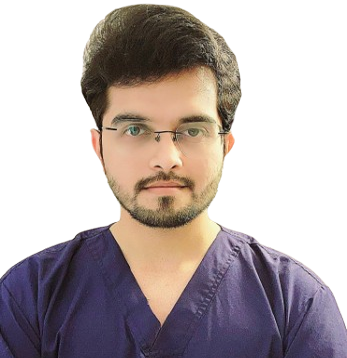
What is Hysteroscopy?
Hysteroscopy is a minimally invasive procedure that allows doctors to examine the inside of the uterus using a thin, lighted device called a hysteroscope. It helps diagnose and treat various uterine conditions with accuracy and minimal discomfort. The procedure is typically performed through the vagina, so no incisions are required. It can be done in a hospital or outpatient clinic setting.
Hysteroscopy is often recommended when patients experience symptoms like heavy periods, abnormal bleeding, or repeated miscarriages. It provides a clear view of the uterine lining, making it a valuable tool in identifying the root causes of gynecological problems. In many cases, diagnostic hysteroscopy can be followed by treatment in the same session, minimizing the need for multiple procedures. It is considered safe and effective, with a low risk of complications. Hysteroscopy plays a vital role in both fertility assessments and general women’s health care.
Why is Hysteroscopy Performed?
Hysteroscopy is commonly used to:
- Investigate abnormal uterine bleeding
- Diagnose and remove uterine fibroids or polyps
- Examine uterine abnormalities like adhesions or septum
- Assist with fertility evaluations
- Retrieve lost intrauterine devices (IUDs)
Types of Hysteroscopy:
- Diagnostic Hysteroscopy: Used to inspect the uterus for abnormalities.
- Operative Hysteroscopy: Combines diagnosis and treatment in a single procedure.
Benefits of Hysteroscopy:
- Minimally invasive
- Quick recovery time
- Accurate diagnosis and treatment
- Reduced need for open surgery
Procedure Overview:
The procedure is usually done on an outpatient basis and can take between 15 to 60 minutes. Depending on the case, local, regional, or general anesthesia may be used. The hysteroscope is gently inserted through the vagina and cervix into the uterus, eliminating the need for any cuts.
Recovery and Aftercare
Most patients resume normal activities within 1–2 days. Mild cramping or spotting may occur temporarily. Follow-up appointments ensure proper healing and treatment success.
Book a Consultation:
If you're experiencing irregular bleeding, fertility issues, or other uterine concerns, We are here to help. Contact us today to schedule your consultation.
Dr. Manan Sheth
Gynecologist & IVF Specialist
Dedicated to providing exceptional care in Gynecology, Obstetrics, and Advanced Reproductive Medicine in Mumbai.